Mold Design & Drafting Process
A comprehensive guide to the industry-standard procedures for creating precise, functional molds that optimize the molding process and ensure manufacturing excellence.
The Comprehensive Mold Design Workflow
This detailed process ensures that every mold meets exact specifications, functions optimally in production, and delivers consistent results throughout the molding process.
1. Organizing and Checking Customer Data
The foundation of any successful mold design project lies in thoroughly understanding the customer's requirements and product specifications. This initial phase involves gathering, organizing, and verifying all relevant data to ensure a clear roadmap for the entire project, including how it will integrate with the overall custom injection molding.
The first step in this phase is collecting all necessary documentation from the customer. This typically includes 3D models of the part to be molded, 2D engineering drawings with critical dimensions and tolerances, material specifications, production volume expectations, and any special requirements for the final product.
Once all documentation is gathered, the design team conducts a detailed review to check for completeness and clarity. Any ambiguities or missing information must be resolved before proceeding, as these could lead to costly errors later in the design or production stages. This review process often involves cross-referencing 3D models with 2D drawings to ensure consistency.
Material analysis is a critical component of this phase. The design team must verify that the specified material is suitable for the intended molding process and application. Factors such as melt flow rate, shrinkage rate, thermal properties, and mechanical characteristics must be carefully evaluated, as these will significantly impact mold design decisions.
Part geometry analysis is another essential task. The team examines the part design for features that may present challenges during molding, such as undercuts, thin walls, or complex geometries. This analysis helps identify potential issues that could affect moldability or require special mold features, such as slides or lifters.
Finally, the design team collaborates with the customer to clarify any remaining questions and establish clear project parameters, including timeline, budget, and quality standards. This collaborative approach ensures that all stakeholders have a shared understanding of the project requirements and expectations, setting the stage for a successful mold design and production process.
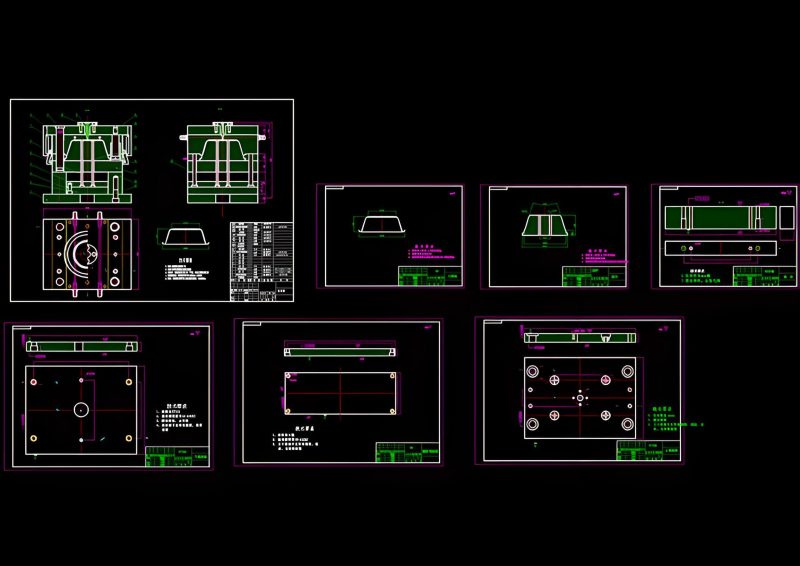
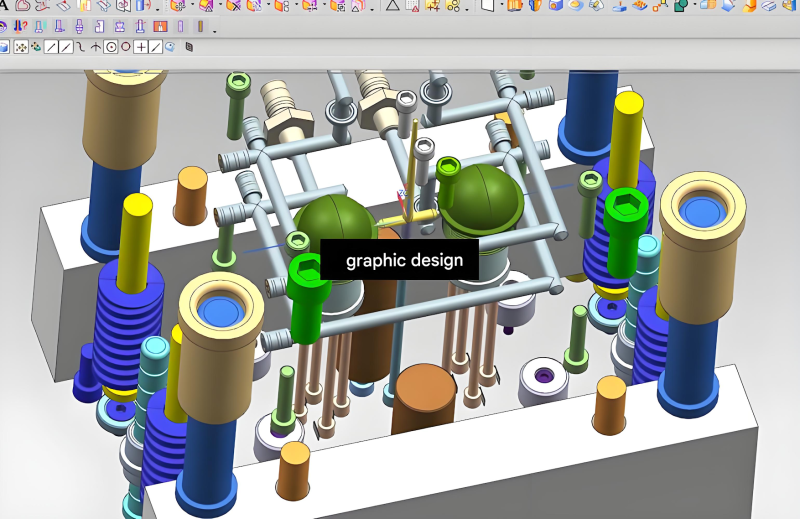
2. Mold Drawing Creation
Once the customer data has been thoroughly reviewed and validated, the mold design team proceeds to create detailed mold drawings using advanced computer-aided design (CAD) software. This phase transforms conceptual requirements into precise technical specifications that will guide mold manufacturing, with careful consideration of how each component will function within the injection molding design.
The process begins with creating a 3D model of the entire mold assembly. This includes all critical components such as the cavity and core, which directly form the part geometry. The design team pays special attention to ensuring proper alignment between these components to prevent flash and ensure dimensional accuracy in the final part.3D Mold.
Gate design is a crucial aspect of this phase. The location, size, and type of gate must be carefully selected based on part geometry, material characteristics, and production requirements. Proper gate design ensures optimal material flow during the molding process, minimizing issues such as weld lines, sink marks, and flow marks.
Cooling system design is another critical consideration. The team designs a network of cooling channels that ensures uniform temperature distribution throughout the mold, which is essential for consistent part quality and efficient cycle times. The placement, size, and layout of these channels are optimized based on part geometry and material properties.
Ejection system design is also addressed in this phase. The team specifies the type, size, and location of ejector pins, sleeves, or other ejection mechanisms needed to reliably remove the part from the mold after molding. The design must ensure that parts are ejected without damage while maintaining proper mold function.
For more complex parts, the design may include additional features such as slides, lifters, or unscrewing mechanisms to accommodate undercuts or complex geometries. These mechanisms add complexity to the mold design but are often necessary to produce parts with the required features.
Throughout the drawing creation process, the design team performs virtual simulations to test mold performance. These simulations can predict potential issues such as air traps, weld lines, or filling problems, allowing the team to make design adjustments before the mold is manufactured. This proactive approach helps minimize costly revisions and ensures a more efficient molding process once production begins.
3. Mold Drawing Design Standards
Adherence to established design standards is essential for ensuring mold quality, interchangeability, and manufacturability. These standards provide a common language and set of guidelines that ensure consistency across the industry, facilitating communication between design teams, manufacturers, and customers, and ultimately contributing to a more efficient design for injection molding.
Dimensioning and tolerancing standards form the foundation of mold design specifications. These standards define how dimensions are specified on drawings, including the placement of dimensions, tolerancing methods, and precision levels. Common standards include ASME Y14.5 in the United States and ISO 8015 internationally, which provide guidelines for geometric dimensioning and tolerancing (GD&T) to ensure clear communication of design intent.
Material standards specify the types of materials that should be used for different mold components based on their function and the requirements of the molding process. For example, mold bases are typically made from pre-hardened steel, while cavities and cores may use higher-grade tool steels or even stainless steel for certain applications. These standards ensure that materials provide adequate strength, wear resistance, and thermal conductivity for the intended application.
Surface finish standards define the required surface quality for different mold components. Cavity and core surfaces, for example, must often meet specific finish requirements to achieve the desired part appearance and facilitate proper release during the molding process. Standards such as Ra (arithmetic mean roughness) values provide a quantitative way to specify these requirements.
Fastener and component standards ensure that mold components are interchangeable and compatible with standard manufacturing equipment. These standards specify the types, sizes, and placement of bolts, guide pins, bushings, and other standard components, facilitating maintenance and repair throughout the mold's lifecycle.
Safety standards are also critical, specifying requirements for features such as guard rails, emergency stops, and proper ventilation where applicable. These standards help ensure the safety of operators during mold setup, operation, and maintenance.
In addition to industry-wide standards, many companies maintain their own internal standards that reflect their specific experience, equipment capabilities, and quality requirements. These internal standards often build upon industry standards, providing additional guidance tailored to the company's specific molding process and product requirements. Compliance with these standards is verified during the design review process to ensure that the mold will meet all performance and quality expectations.
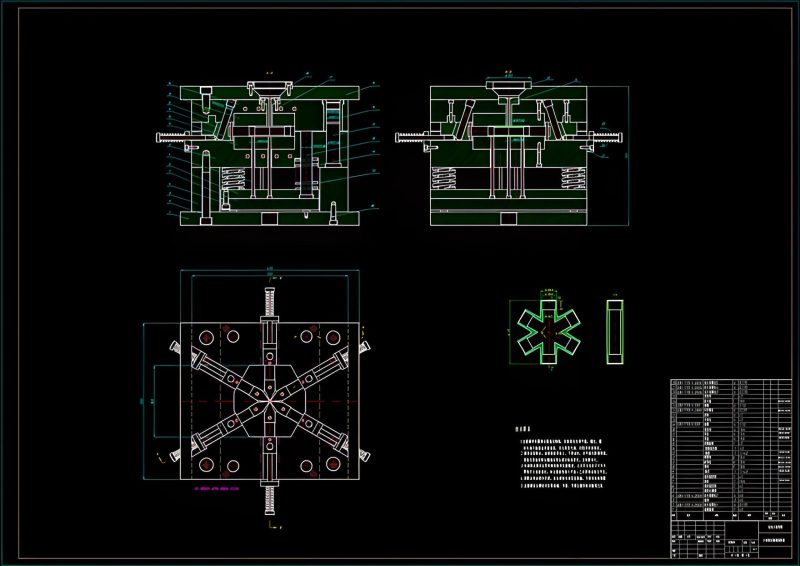
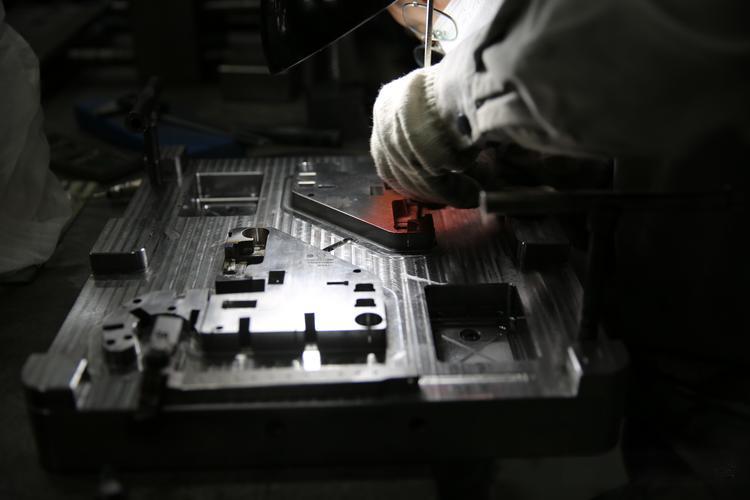
4. Mold Design Drawing Inspection
Before a mold design proceeds to manufacturing, it undergoes a rigorous inspection process to verify its accuracy, completeness, and compliance with all specifications. This critical review phase helps identify and correct potential issues that could compromise mold performance, increase production costs, or negatively impact the molding process.
The inspection process typically begins with a design review meeting involving key stakeholders, including design engineers, manufacturing representatives, quality control specialists, and sometimes the customer. This collaborative approach ensures that all perspectives are considered and that the design meets the needs of all parties involved.
One of the primary focuses of the inspection is verifying that the mold design correctly interprets the customer's part requirements. This includes checking that all critical dimensions, tolerances, and features are accurately represented in the mold design and that the mold will produce parts that meet the specified quality standards.
The review team also evaluates the mold's manufacturability, checking that the design can be produced using available manufacturing equipment and processes. This includes verifying that all components can be machined to the required tolerances, that heat treatment processes are feasible, and that assembly can be performed efficiently.
Functional analysis is another key aspect of the inspection process. The team evaluates how the mold will perform during the molding process, checking for potential issues such as inadequate cooling, poor material flow, or problematic ejection. This analysis often involves reviewing simulation results to predict how the mold will perform under actual production conditions.
Safety considerations are also thoroughly reviewed during this phase. The team checks that the mold design includes appropriate safety features to protect operators during setup, operation, and maintenance. This includes verifying that moving components are properly guarded, that access points are designed to prevent accidental contact with hazardous areas, and that lifting points are adequate for safe handling.
Cost analysis is often part of the inspection process as well. The team evaluates whether the design is optimized for cost-effectiveness, looking for opportunities to reduce manufacturing costs without compromising performance or quality. This might involve suggesting alternative materials, simplifying complex features, or standardizing components where possible.
Throughout the inspection process, any issues identified are documented, and recommendations for improvement are made. The design team then addresses these issues, revising the drawings as necessary. This iterative process continues until all stakeholders are satisfied that the design meets all requirements and is ready for manufacturing. A formal sign-off is typically obtained before proceeding, ensuring accountability and providing a clear record that the design has passed all required inspections and is approved for production, thus ensuring a successful molding process.
5. Mold Production Follow-up
The mold design process doesn't end with the approval of drawings. Effective production follow-up ensures that the mold is manufactured according to specifications and performs as expected during production. This phase bridges the gap between design and manufacturing, ensuring that any issues that arise during mold construction are addressed promptly, and that the final mold will deliver optimal performance in the molding process.
The production follow-up process begins with a kickoff meeting between the design team, manufacturing team, and any other relevant stakeholders. During this meeting, the design is reviewed in detail, and manufacturing procedures are discussed and finalized. This ensures that everyone involved has a clear understanding of the design requirements and manufacturing expectations.injection molding manufacturing.
Regular progress meetings are scheduled throughout the manufacturing process to review production status, address any issues that have arisen, and make decisions about any necessary design modifications. These meetings help keep the project on schedule and ensure that any problems are resolved quickly, minimizing delays.
Design engineers often make periodic visits to the manufacturing facility to inspect work in progress. These visits allow them to verify that components are being produced according to specifications, check for potential fit issues, and provide technical guidance to the manufacturing team as needed. This hands-on approach helps prevent costly mistakes and ensures that the mold is built to the required standards.
As components are completed, they undergo dimensional inspection to verify that they meet the specified tolerances. Critical components may be inspected using advanced measurement equipment such as coordinate measuring machines (CMMs) to ensure precision. The design team reviews these inspection reports to confirm that all components meet the design requirements.
During mold assembly, the design team may be consulted to provide guidance on proper assembly procedures, especially for complex mechanisms. They may also participate in the initial mold testing, where the mold is mounted on a molding machine and test shots are produced. This testing phase is crucial for verifying that the mold functions correctly and produces parts that meet all specifications.
Any issues identified during testing are documented, and the design team works with the manufacturing team to develop and implement solutions. This may involve making modifications to the mold, adjusting processing parameters, or in some cases, revising the design. The goal is to resolve all issues before the mold is delivered to the customer for production use.
Once the mold is successfully tested and approved, the design team prepares comprehensive documentation for the customer, including operation manuals, maintenance procedures, and spare parts lists. This documentation helps ensure that the customer can operate and maintain the mold effectively, maximizing its performance and lifespan throughout the molding process.Optical Transceiver.
Even after delivery, the design team may remain involved in the process, providing technical support as needed and gathering feedback on mold performance. This ongoing relationship helps improve future designs and ensures customer satisfaction. By maintaining this connection, the design team can continuously refine their approach based on real-world performance data from the molding process, leading to better designs and more efficient production in the future.Electronic shelf labels.
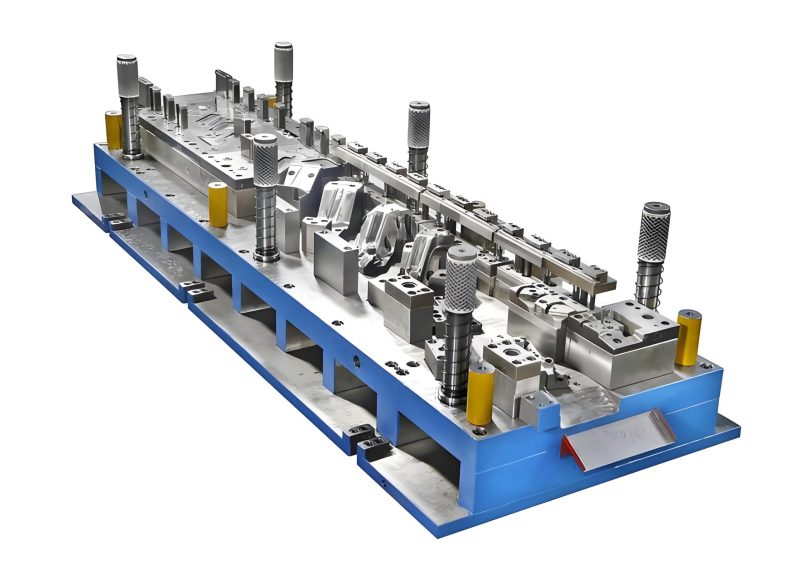
Integrated Approach to Mold Design Excellence
The comprehensive process outlined above represents the industry standard for mold design and drafting, ensuring that each mold is not only precision-engineered but also optimized for efficient production. By following these rigorous steps, manufacturers can minimize errors, reduce lead times, and produce molds that deliver consistent, high-quality results throughout their lifecycle.Related Hydraulic Spare Parts.
From initial data collection to final production follow-up, each phase plays a critical role in ensuring that the mold performs optimally in the molding process, ultimately contributing to the production of high-quality plastic parts that meet or exceed customer expectations. Related Lithium Battery Manufacturing.